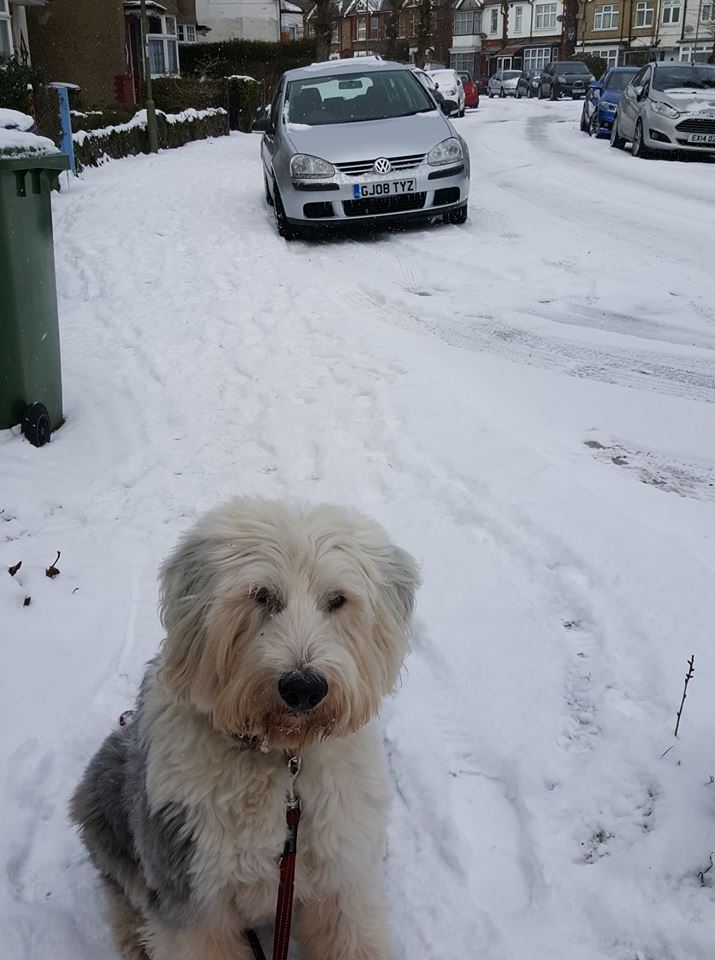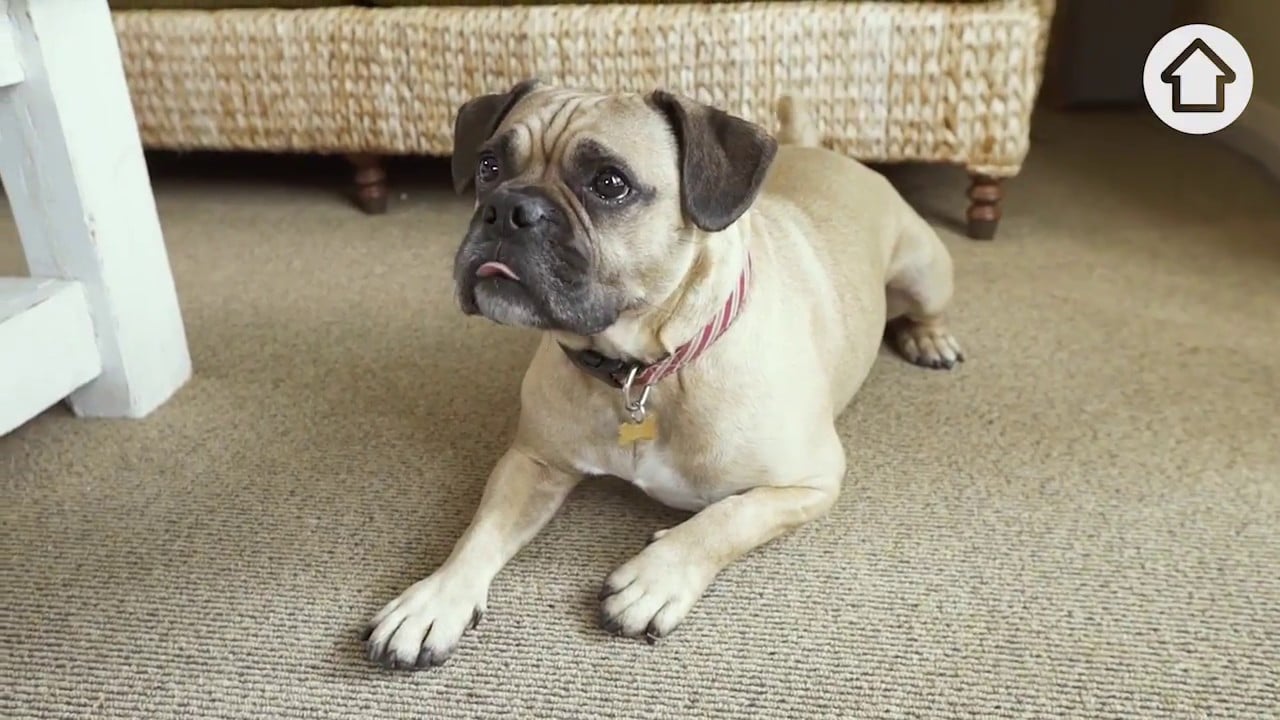The dangers to our dogs from Rock Salt and Dogs paws

We are currently in the middle of a cold weather snap, with many pavements and roads covered in snow and ice. Local councils often use Road Grit and Rock Salt to keep the pathways clear for pedestrians to use them safely, but what many unsuspecting dog and cat owners are not aware of is that these are hazardous products for our pets.
Many dogs enjoy a gallop around in the snow, snapping at snowflakes, chasing snowballs, and generally being a big pup whilst on their dog walks. There are, however, several hazards and risks for our pooches during this wintry weather.
Dangers from chemical products
When our dogs and cats walk through grit or salt, they have an instinct to lick their paws and pads and fur clean. This can result in an irritation of the gastrointestinal tract, causing sickness and diarrhoea and, in certain severe cases, salt poisoning of the kidneys and brain. If your pet accidentally ingests road grit, there is a high probability of liver problems, pancreatitis, dehydration and possible death, depending on the amount consumed.
Antifreeze is another dangerous, highly toxic substance. The sweet-tasting ethylene glycol is attractive to our pets, but if swallowed, it can cause untold damage and even death. Look out for any road puddles whilst on your dog walk that may contain chemicals.
Prevention is best!
To make sure that your pets are safe during this snowy weather, try to follow the following suggestions:
Walking – Don’t allow your pet to go outside alone, especially if the area has been freshly gritted. Rock salt can become embedded in between their pads, which can be swallowed when they come to clean their feet. Try to stick to grassed areas and footpaths that haven’t been gritted. The idea is to invest in special dog boots that fit onto the paws to prevent any contact with salt on the pavement. Ice balls can collect in the excess fur between the dog’s toes, making it very uncomfortable when walking. Clip any extra fur before going outside. Try cutting back on walks. Our article on How to exercise the dog in winter may be of help.
Cleaning – After your walk, clean your pet’s paws immediately. A soft brush and warm water should be fine. Dry the feet with a towel. Please don’t leave your shoes lying around where they can reach them, or they may attempt to lick the salt on the soles.
Antifreeze – If you need to add antifreeze to your vehicle, or screen-wash to your windscreen wiper bottle, clean up any spills from the road. These products have a sweet taste, which may attract any passing animals.
Salting your pavements and patio area – if you do have to lay down any rock salt on your property, do so sparingly if you have pets at home.
Please read our article on Tips for Winter dog care.
Any problems – contact your Vet.
If you notice that one of your pets is behaving in a strange manner after coming inside, get them to your vet’s surgery as soon as possible. If they have swallowed excessive amounts of salt, you will notice excessive salivation, extreme thirst, seizures, lethargy and whimpering noises showing that your pet may be in pain.
The vet will carry out a blood test to confirm if there is any rock salt poisoning, and then treatment will consist of rehydration and stabilising the sodium levels in their blood.
Don’t delay and wait to see if your dog improves. Speed is of importance in these cases. The sooner they received treatment, the better the chance of them surviving.
If you cannot contact your vet directly, you could try VetFone for 24-hour advice.

